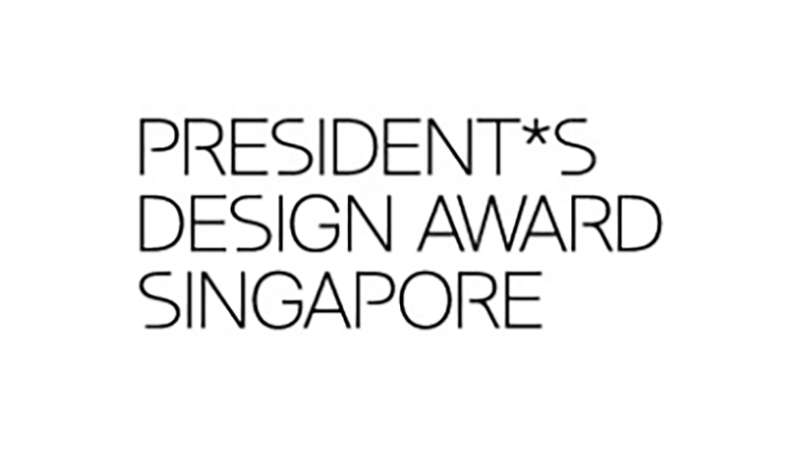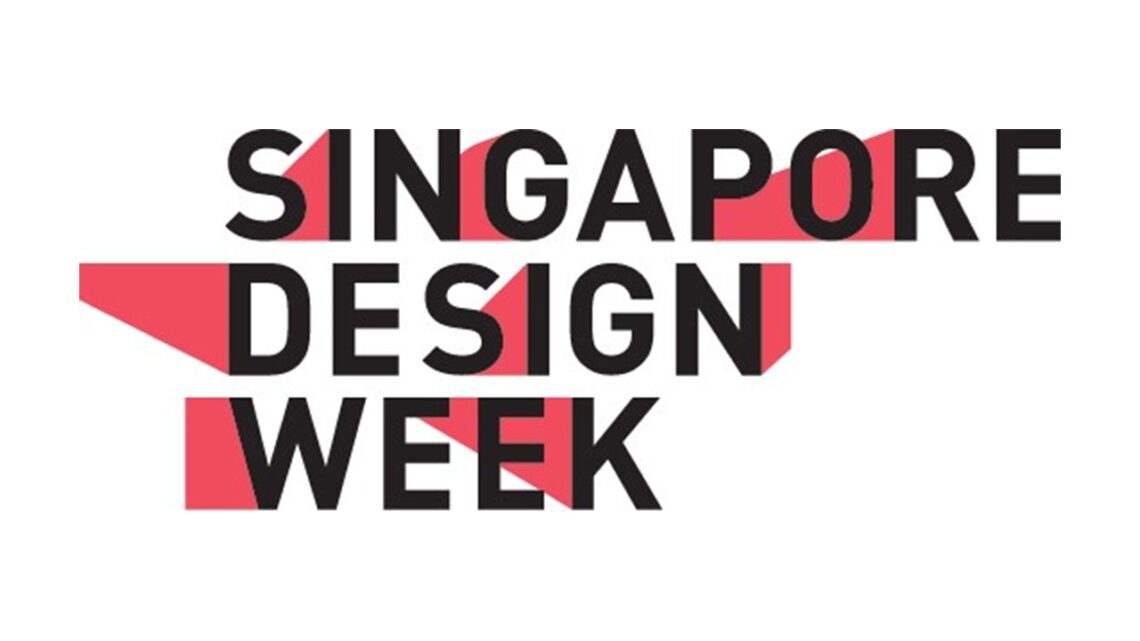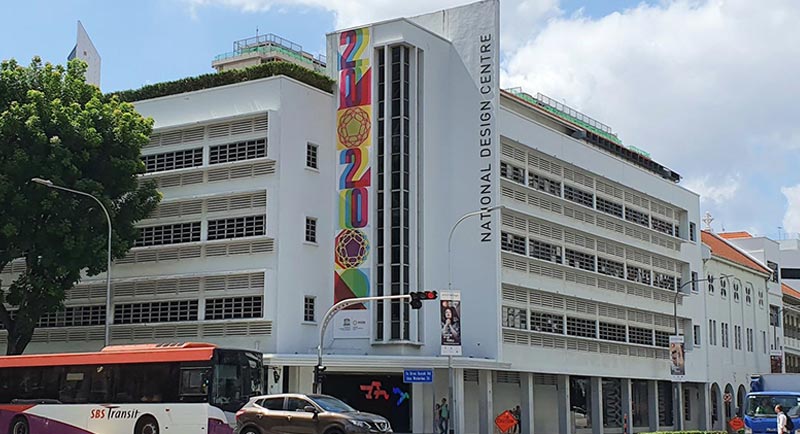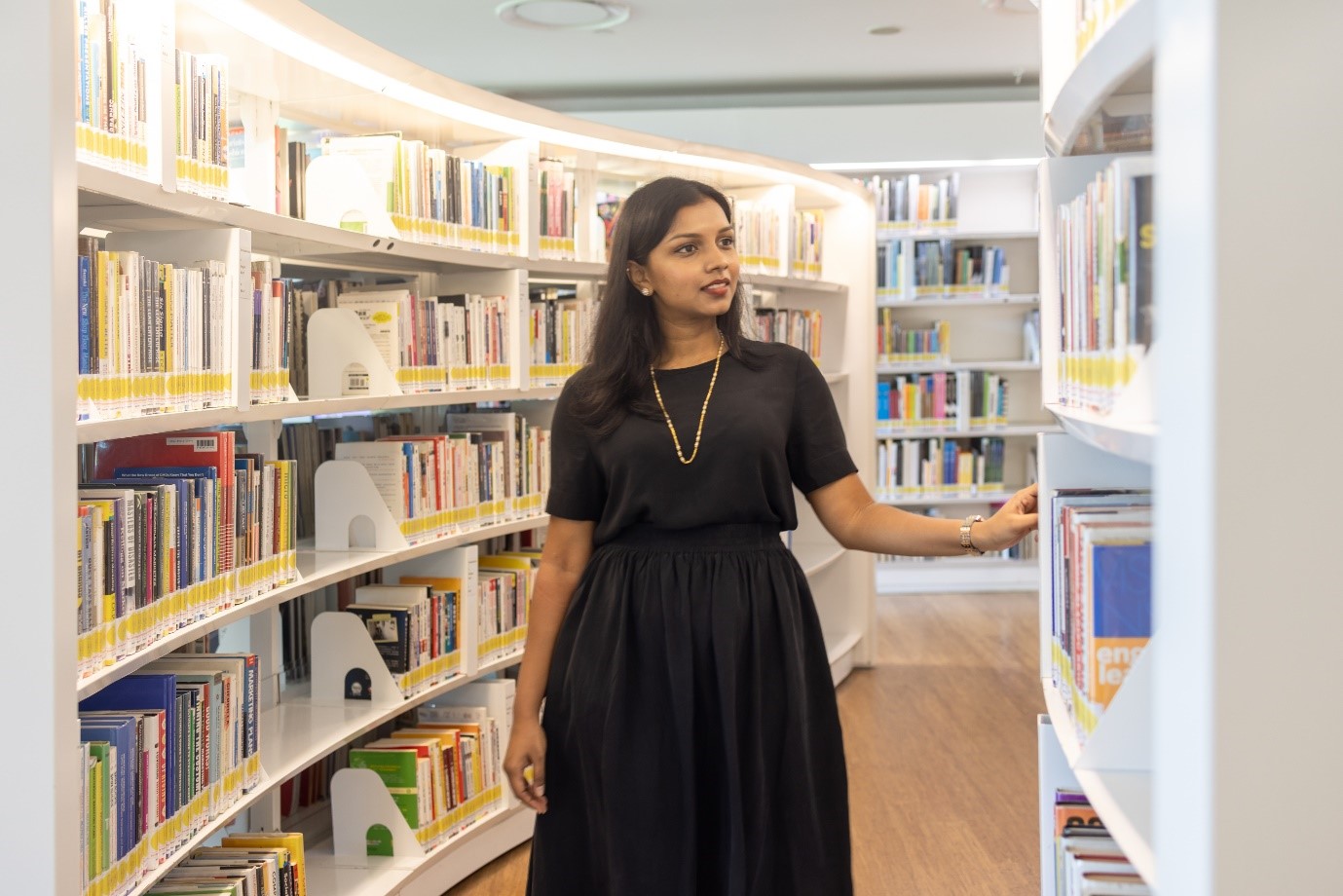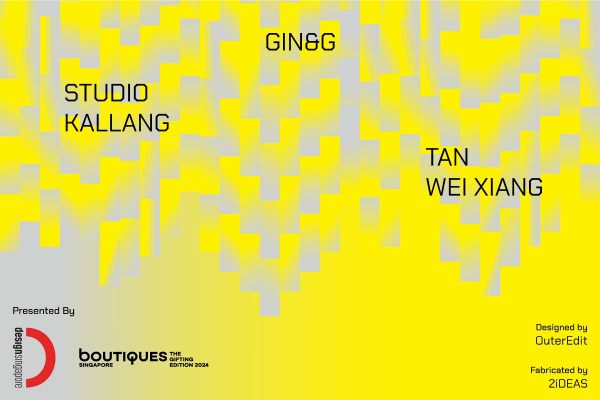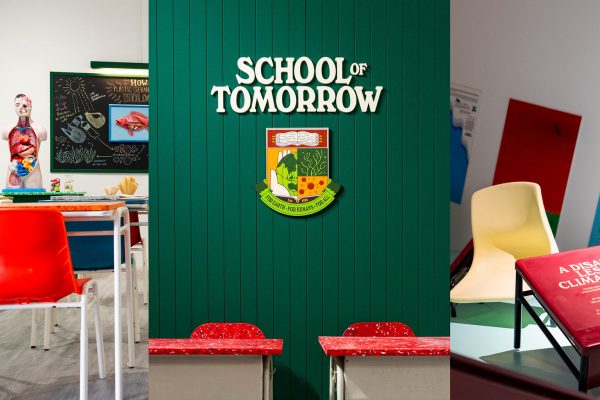Wherever she works, Annusia d/o Jaybalan makes sure no user is left behind by the services her employer provides.
The recipient of the 2022 DesignSingapore Scholarship began her career at the National Library Board, where she helped set up library@orchard, a recipient of the President*s Design Award for the Design of the Year in 2015. As part of the core team that worked with Singapore Polytechnic’s Design Thinking Team, she helped developed spaces and features that encourage creative production in this a one-of-a-kind public library. Annusia then joined the Ministry of Manpower, and eventually OCBC Bank, where she continued improving the experiences of different users as a design researcher. In pursuit of taking her practice to the next level, she will pursue a Master of Arts in Service Design at the Royal College of Art.
1. Why did you pursue a degree in industrial design, and subsequently a career in design research?
I was drawn to the problem-solving aspect of industrial design. Industrial design helped me see the impact on the person I was designing for. In my second year, I learnt about design research from a visiting professor. I immediately fell in love with its methodical approach, how it organises and interprets feelings, behaviours and experiences to make users’ lives better.
2. How will you explain the job of a design researcher to people in the street?
I tell my family that I’m paid to be a kaypoh (busybody) aunty, because as a design researcher I ask a lot of questions to understand the impact of a solution on users. For example, if a company hires me to help design a new toothbrush, I will first observe how people use toothbrushes, what they do before and how they keep it away, etc. More importantly, as a design researcher, I lead my research using prototypes. I make things, test it with the users and ask questions to find out how they feel about it.
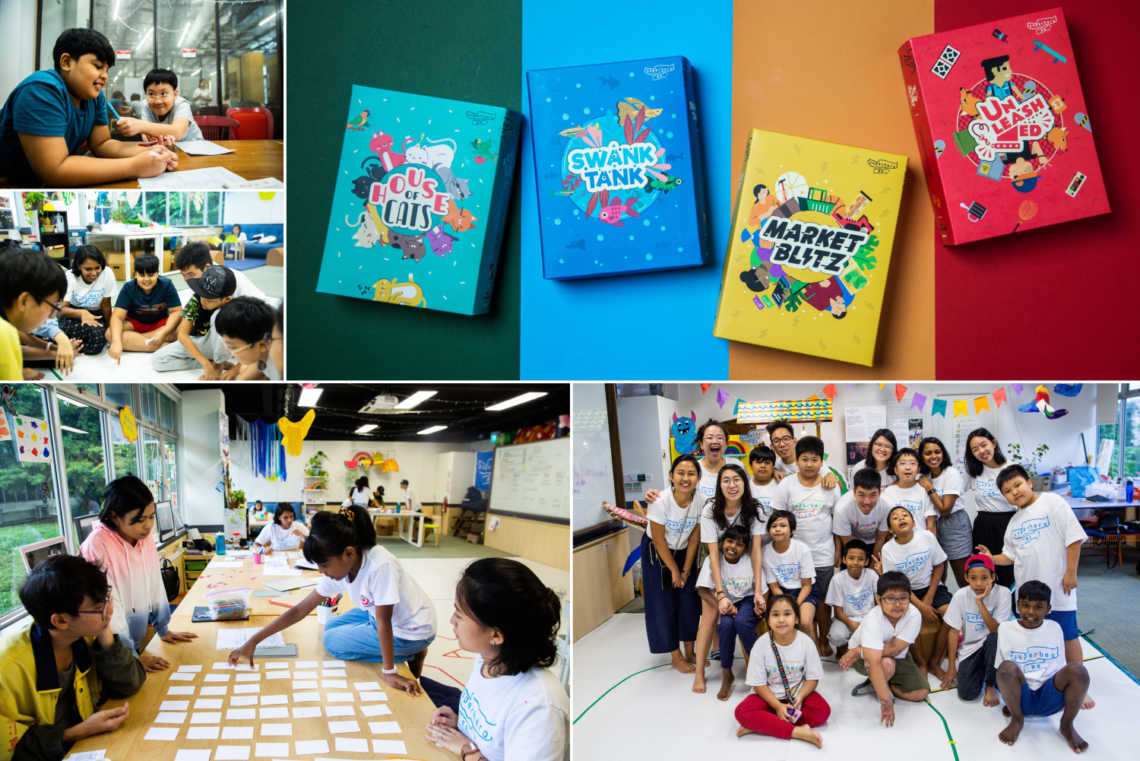
3. Share a memorable design project that you’ve worked on.
In 2019, I worked with Superhero Me, a non-profit inclusive arts movement that empowers children with special needs and from less privileged communities through the arts. I collaborated with 12 children from Lengkok Bahru – we explored different game mechanics to figure out the best way to tell their stories. However, we soon realised that the process wasn’t fun for them because nobody liked talking about their circumstances. So, we shifted the focus to hobbies, dreams and pets.
Had we stuck to our brief and tried to depict what inequality looked like in Singapore, the design process would have been awful for the children. This project stayed with me because I learnt how important it was to prioritise the feelings and safety of research participants. The process is crucial to the outcome.
4. Why do you want to further your studies in service design, and how will this help advance your career?
I chose to study service design as it builds upon my industrial design training to discover and define user problems through tactile thinking. Industrial design laid the foundation for me to interpret how users perceive, adopt and engage with products and services. Service design will deepen this knowledge by helping me understand how interconnected systems impact the way users navigate their lives. I will then be able to design with greater empathy for my users while also being able to manage the expectations of the various stakeholders within a system.
5. Why did you apply for the DesignSingapore Scholarship?
While I have always encouraged organisations to focus on forgotten users, it isn’t always easy convincing senior management to recognise the value of doing so. I was inspired by other DesignSingapore scholars who were not just steadfast in their craft but also able to communicate the value of what they do. The scholarship offered me access to a network of scholars who shared their experiences and motivated me to hone my voice as well.
6. How do you hope to contribute to the future of design in Singapore?
I want to keep designing for the forgotten users, that is, individuals who are typically neglected by organisations. They could be anyone from migrant workers to the everyday users of banking services. I also see myself contributing by making design processes safe and fun for users in Singapore. How we treat them when we study their behaviours and how they feel when opening up about difficult topics, like credit card debt, are crucial to my practice.
Find out more about the DesignSingapore Scholarship here.
